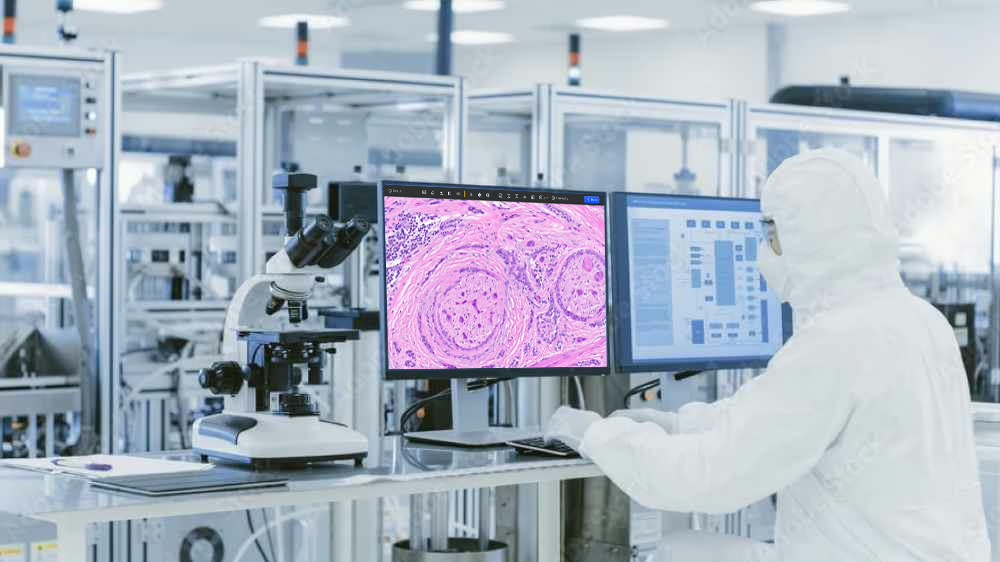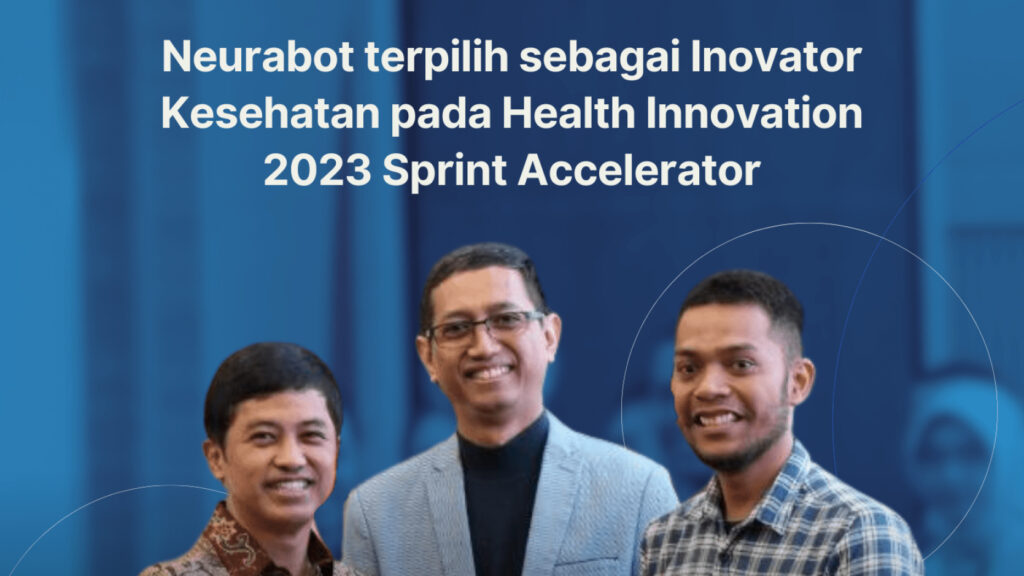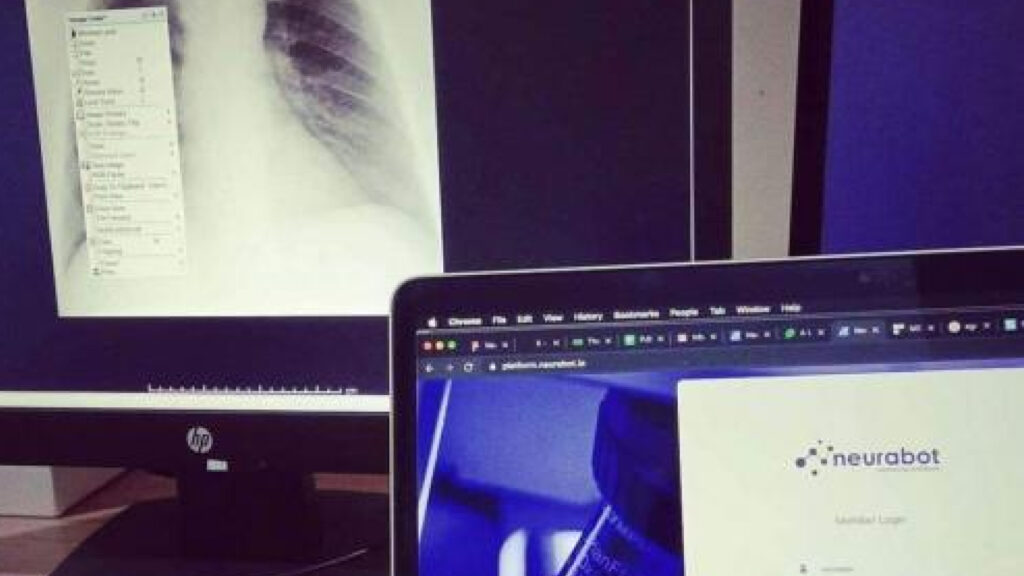Teledermatopathology, the practice of diagnosing skin diseases through the remote analysis of digital pathology slides, has emerged as a transformative solution in the field of dermatology and pathology. This innovation merges dermatopathology with telemedicine by allowing specialists to interpret histopathological slides remotely, often through whole slide imaging (WSI) or real-time video microscopy. In countries with uneven healthcare distribution like Indonesia, this practice holds tremendous promise.
The Need for Teledermatopathology in Indonesia
Indonesia, with its vast archipelago of over 17,000 islands, faces a significant disparity in healthcare access—especially in specialized fields like dermatopathology. Most board-certified dermatopathologists are concentrated in urban centers such as Jakarta, Surabaya, and Yogyakarta, leaving many regional hospitals and primary health centers underserved.
In rural regions such as East Nusa Tenggara, Maluku, and parts of Kalimantan, skin lesions suspected to be malignant or infectious often face delayed diagnosis due to the absence of expert review. In these settings, biopsy samples are either sent to central labs—taking weeks for results—or are left unprocessed due to the lack of pathologists altogether. This delay can result in advanced disease progression, poor clinical outcomes, and increased healthcare costs.
Teledermatopathology bridges this gap by enabling digitized slides to be interpreted remotely by experts. Recent studies have shown that this method not only expands access to specialists but also reduces interpretive errors, lowers healthcare expenditures, and enhances workflow efficiency, ultimately optimizing patient care.
Local Use Cases and Implementation
An example of teledermatopathology being implemented locally is in collaboration with teaching hospitals and regional health centers. In 2023, a pilot initiative between a university hospital in Yogyakarta and a district hospital in Papua enabled real-time consultations for suspected cases of cutaneous tuberculosis and squamous cell carcinoma. Using digital slide scanners and a cloud-based pathology platform, local technicians prepared slides that were scanned and uploaded, allowing remote dermatopathologists to provide diagnoses within 24–48 hours.
This system not only expedited care but also functioned as a learning hub for local physicians and residents, who could view annotated slides and recorded discussions for educational purposes.
Educational and Global Collaboration Opportunities
Teledermatopathology is also a powerful educational tool. Through virtual slide libraries and collaborative platforms, Indonesian medical students and pathology residents—especially those from underserved regions—can access high-quality digital teaching cases that were previously out of reach. Furthermore, it opens doors for international collaboration, allowing Indonesian specialists to consult with or be mentored by experts from leading institutions abroad, enhancing both diagnostic quality and academic growth.
Challenges in Regulation and Technology Standardization
Despite these advantages, the implementation of teledermatopathology in Indonesia still faces significant challenges:
- Quality Control of Digital Imaging
Many regional laboratories lack high-resolution slide scanners. Inconsistent staining techniques, improper tissue fixation, and limitations in image resolution can compromise diagnostic accuracy. A nationwide effort to improve digital imaging infrastructure and standardized protocols is essential.
- Data Privacy and Legal Frameworks
Indonesia’s health data regulation (Permenkes No. 24/2022 on Electronic Medical Records) mandates stringent data handling. However, there is still ambiguity regarding telemedicine-specific applications, especially in terms of slide ownership, cross-provincial consultations, and liability in misdiagnosis.
- Limited Funding and Human Resources
Most health centers do not yet have the budget to procure digital pathology systems. Additionally, training technicians in digital slide preparation and managing online platforms remains a gap that must be addressed through structured national programs.
Conclusion: A Path Forward
Teledermatopathology in Indonesia represents a necessary innovation in addressing healthcare inequality, particularly for skin-related diseases that require histopathological confirmation. While challenges in infrastructure, regulation, and standardization persist, the potential impact on diagnostic access, accuracy, and education is profound.
To fully realize its benefits, a collaborative approach involving government support, academic institutions, private sector technology providers, and professional organizations is essential. With continued investment and policy reform, teledermatopathology could become a cornerstone of digital health in Indonesia—ensuring that no matter where a patient lives, expert diagnosis is just a click away.









